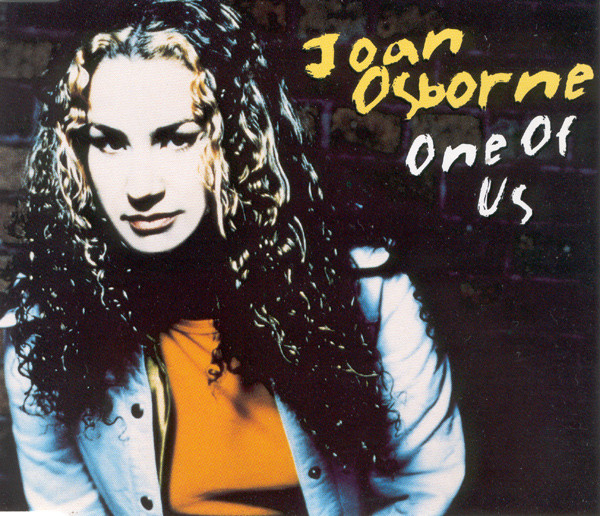Pieces of You |
|
Released: February 28, 1995 Peak: 4 US, 82 UK, 2 CN, 5 AU Sales (in millions): 12.0 US, 0.1 UK, 15.4 world (includes US and UK) Genre: pop/folk rock |
Tracks:Song Title (date of single release, chart peaks) Click for codes to charts.
Total Running Time: 58:31 |
Rating:3.826 out of 5.00 (average of 23 ratings)
Awards:(Click on award to learn more). |
About JewelJewel Kilcher was born in 1974 in Utah but raised in Alaska where she sang and yodeled with her father, Atz Kilcher. She got a partial scholarship to the Interlochen Arts Academy in Michigan when she was fifteen. She studied operatic voice and started writing and performing at clubs and coffeehouses in San Diego, California, after she graduated. She lived in her car for a time. W-JIn 1993, Jewel was discovered by Inga Vainshtein, a Vice President of Productions at Paramount. Inga became Jewel’s manager and launched a bidding war that ended up in a deal with Atlantic Records. Jewel released her first album, Pieces of You, in 1995 when she was 21 years old. Recording Pieces of YouThe album is comprised of acoustic, guitar-based songs which Jewel mostly wrote between the ages of 16 and 19. Some of the songs were recorded live in 1994 at the Innerchange, one of the coffeehouses in San Diego where she performed. WK However, Jewel said, “I’m a live singer who’s always fed off the energy of the audience. In a studio, you’re just looking at a wall – it feels very odd to me. I’ve been a live performer since I was six years old.” WKOthers were recorded at Neil Young’s personal studio at Broken Arrow Ranch in Redwood City, California. WK Jewel’s producer, Ben Keith, had produced work for Young as well as Patsy Cline. WK Critiquing the Live RecordingsIn his review for AllMusic.com, Stephen Thomas Erlewine said, “Songs this simple and sweet need clean, direct arrangements, but Pieces of You…often sounds ragged and rough” AM because most of it was recorded live. That meant that “the slapdash production emphasizes the awkwardness of the lesser songs.” AM “Still, Pieces of You has enough charm to make it an ingratiating debut, even if the album doesn't quite fulfill Jewel's potential.” AMA Slow BurnUpon its release, the album failed to chart. However, Jewel gained widespread exposure in 1997 when Bob Dylan invited her to tour with him as his opening act. When the album was reissued in 1997, the three hit singles were all re-recorded. Erlewine says the single versions “are superior…since these live album cuts sound hurried.” AM The album finally took off and reached its peak of #4 on the Billboard album chart two years after it was released. WK It would go on to sell more than fifteen million copies worldwide.The Album’s ReceptionDespite his criticism of the live recordings, Erlewine called Pieces of You “a charming debut that is somewhat undone by its own naïveté. Jewel has a rich voice and an innocent, beguiling charm that makes…songs with slight, simple lyrics and catchy, sweet melodies – quite endearing; they sound like a high-school diary brought to life.” AMEntertainment Weekly’s David Browne called the album “a wimpily produced batch of songs,” WK specifically citing that the singles had to be re-recorded for the 1997 reissue. The Village Voice’s Robert Christgau said, “this is the bad folkie joke to end all bad folkie jokes.” WK However AllMusic.com’s Sara Sytsma called it “a charming collection of light alternative folk-rock…Her songs are occasionally naïve, but her melodies can usually save her lyrics.” WK “Who Will Save Your Soul?”Who Will Save Your Soul? was written while Jewel was busking during a hitchhiking trip she took on her own during spring break from Interlochen. WK Released as a single more than a year after the album came out, this was the song that finally earned Jewel some attention.
“You Were Meant for Me” and “Foolish Games”In late 1996, You Were Meant for Me was released as the second single from Pieces of You. When the song was reissued in 1997, however, it rebounded into the top ten because of the inclusion of Foolish Games on the single. As a result, “You Were Meant for Me” ended up logging a then-record 65 weeks on the Billboard Hot 100.
|
Resources:
Related DMDB Links:First posted 4/6/2008; last updated 12/4/2024. |










